Figure shows a capacitor made of two circular plates each of radius 12 cm and separated by 5.0 cm. The capacitor is being charged by an external source (not shown in the figure). The charging current is constant and equal to 0.15 A.
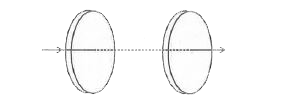
a. Calculate the capacitance and the rate of change of potential difference between the plates.
b. Obtain the displacement current across the plates.
c. Is Kirchhoff's first rule (junction rule) valid at each plate of the capacitor ? Solution in Tamil
a. r=12×10−2m,d=5×10−3m,I=0.15A
A=πr2=π×(12×10−2)2m2
C=ε0Ad=8.85×10−12×π×(12×10−2)25×10−3=80.1×10−12F=80.1pF
q=CV
I=dqdt=C.dVdt
dVdt=IC=0.1580.1×10−12=1.875×109Vs−1
b. Displacement current = Conduction current ∴ID=0.15A
c. Yes
Topper's Solved these Questions
- ELECTROMAGNETIC WAVES BOOK - NEW JOYTHI PUBLICATIONCHAPTER - ELECTROMAGNETIC WAVES EXERCISE - SOLUTIONS TO EXERCISES FROM NCERT TEXT (Answer the following questions)
6 Videos
- ELECTROMAGNETIC WAVES BOOK - NEW JOYTHI PUBLICATIONCHAPTER - ELECTROMAGNETIC WAVES EXERCISE - PRACTICE PROBLEMS FOR SELF ASSESSMENT
7 Videos
- ELECTROMAGNETIC WAVES BOOK - NEW JOYTHI PUBLICATIONCHAPTER - ELECTROMAGNETIC WAVES EXERCISE - COMPETITIVE EXAM CORNER
16 Videos
- ELECTROMAGNETIC INDUCTION BOOK - NEW JOYTHI PUBLICATIONCHAPTER - ELECTROMAGNETIC INDUCTION EXERCISE - COMPETITIVE EXAM CORNER
13 Videos
- ELECTROSTATIC POTENTIAL AND CAPACITANCEBOOK - NEW JOYTHI PUBLICATIONCHAPTER - ELECTROSTATIC POTENTIAL AND CAPACITANCEEXERCISE - Competitive Exam Corner
22 Videos
Similar Questions
Long distance radio broadcasts use short - wave bands. Why ?
View SolutionA parallel plate capacitor has circular plates, each of radius 5.0 cm. It is being charge so that electric field in the gap between its plates rises steadily at the rate of 1012Vm−1s−1. What is the displacement current ?
View SolutionIf the total electromagnetic energy falling on a surface is U, then the total momentum delivered (for complete absorption) is
View SolutionA 50 Hz ac current of peak value 2 A flows through one of the pair of coils. If the mutual inductance between the pair of coils is 150 mH, then the peak value of voltage induced in the second coil is
View SolutionFrom the figure find x and y.
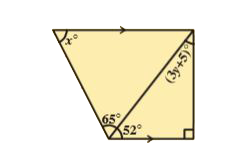
View SolutionFigure shows a capacitor made of two circular plates each of radius 12cm, and separated by 5.0cm. the capacitor is being charged by an external source (not shown in the figure). The charging current is constant and equal to 0.15A
(a) Calcuate the capacitance and the rate of change of potential difference between the plates
(b) Obtain the displacement current across the plates
(c) Is kirchhoff's first rule(junction rule) vaild at each plate of the capacitor ? Explain.
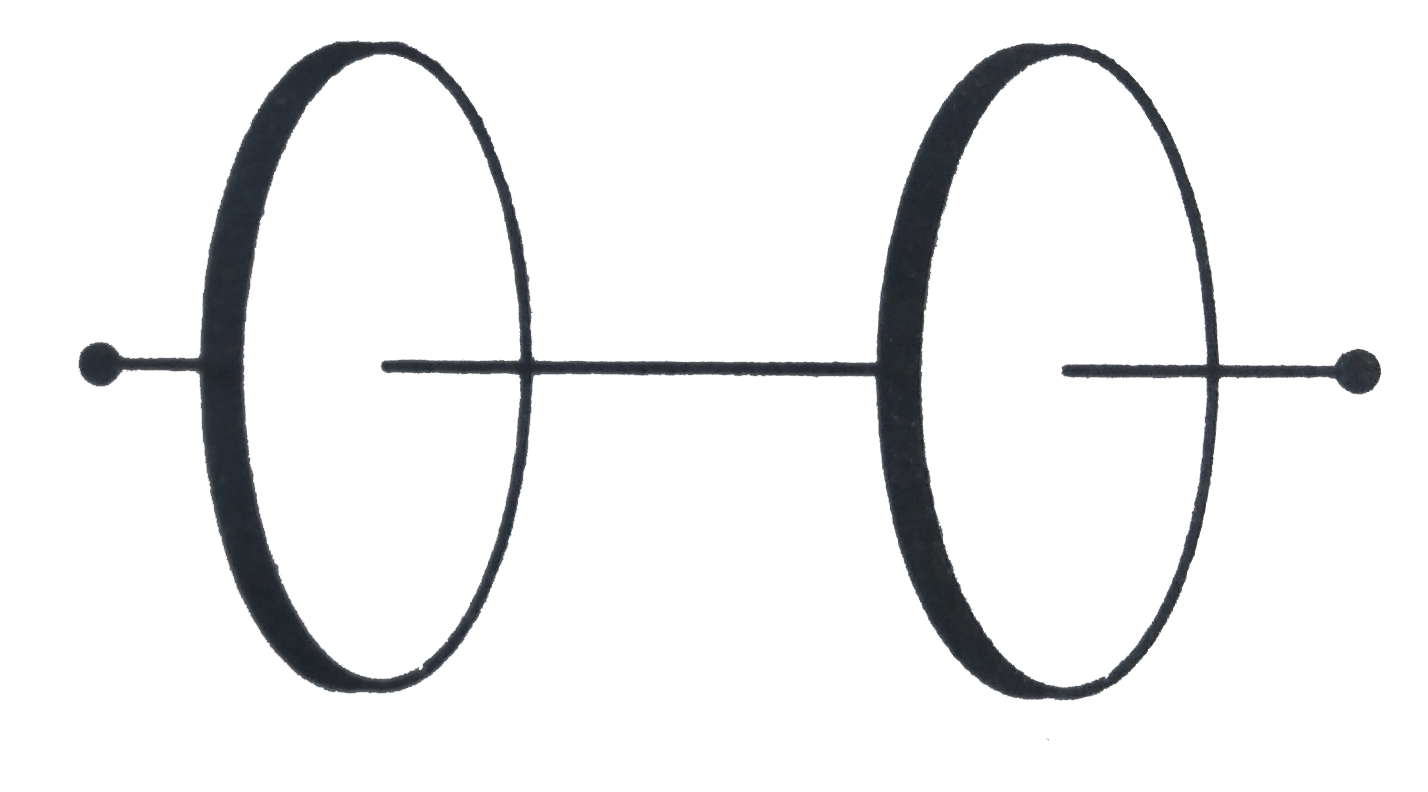 .
.
View SolutionA parallel plate capacitor consists of two circular plates each of radius 12 cm and separated by 5.0 mm . The capacitor is being charge by an external source. The charging current is constant and is equal to 0.15 A. The rate of change of potential difference between the plate will be
View SolutionA capacitor made of two circular plates each of radius 12 cm and separated by 5 mm. The capacitor is being charged by an external source. The charging current is constant and equal to 0.15 A. The capacitance of the parallel plate capacitor is
View SolutionThe figure shows a capacitor made of two circular plates each of radius 12 cm, and separated by 5.0 cm . The capacitor is beging charged by an external source (not shown in the figure. ) The charing is constant and equal to 0.15 A Calculate the capacitance and the rate of charge of potential difference between the plates.
View SolutionA capacitor is made of two circular plates each of radius 12 cm, and separated by 5.0 cm. The capacitor is being charged by an external source. The charging current is constant and equal to 0.15 A.
(a) Calculate the capacitance and rate of change of potential difference between the plates.
View SolutionA capacitor is made of two circular plates each of radius 12 cm, and separated by 5.0 cm. The capacitor is being charged by an external source. The charging current is constant and equal to 0.15 A.
Obtain the displacement current across the plates.
View SolutionFigure 8.6 shows a capacitor made of two circular plates each of radius 12 cm, and separated by 5.0 cm. The capacitor is being charged by an external source (not shown in the figure). The charging current is constant and equal to 0.15A.
(a) Calculate the capacitance and the rate of change of potential difference between the plates.
(b) Obtain the displacement current across the plates.
(c) Is Kirchhoff’s first rule (junction rule) valid at each plate of the capacitor? Explain.
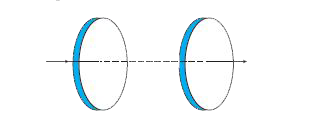
View SolutionFigure 8.6 shows a capacitor made of two circular plates each of radius 12 cm, and separated by 5.0 cm. The capacitor is being charged by an external source (not shown in the figure). The charging current is constant and equal to 0.15A.
(a) Calculate the capacitance and the rate of change of potential difference between the plates.
(b) Obtain the displacement current across the plates.
(c) Is Kirchhoff’s first rule (junction rule) valid at each plate of the capacitor? Explain.
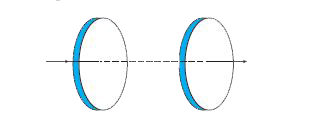
View SolutionFigure 8.6 shows a capacitor made of two circular plates each of radius 12 cm, and separated by 5.0 cm. The capacitor is being charged by an external source (not shown in the figure). The charging current is constant and equal to 0.15A.
(a) Calculate the capacitance and the rate of change of potential difference between the plates.
(b) Obtain the displacement current across the plates.
(c) Is Kirchhoff’s first rule (junction rule) valid at each plate of the capacitor? Explain.

View SolutionFigure shows a capacitor made of two circular plates each of radius 12 cm, and separated by 5.0 cm. The capacitor is being charged by an external source (not shown in the figure). The charging current is constant and equal to 0.15 A. Calculate the capacitance and the rate of change of potential difference between the plates.
View Solution
